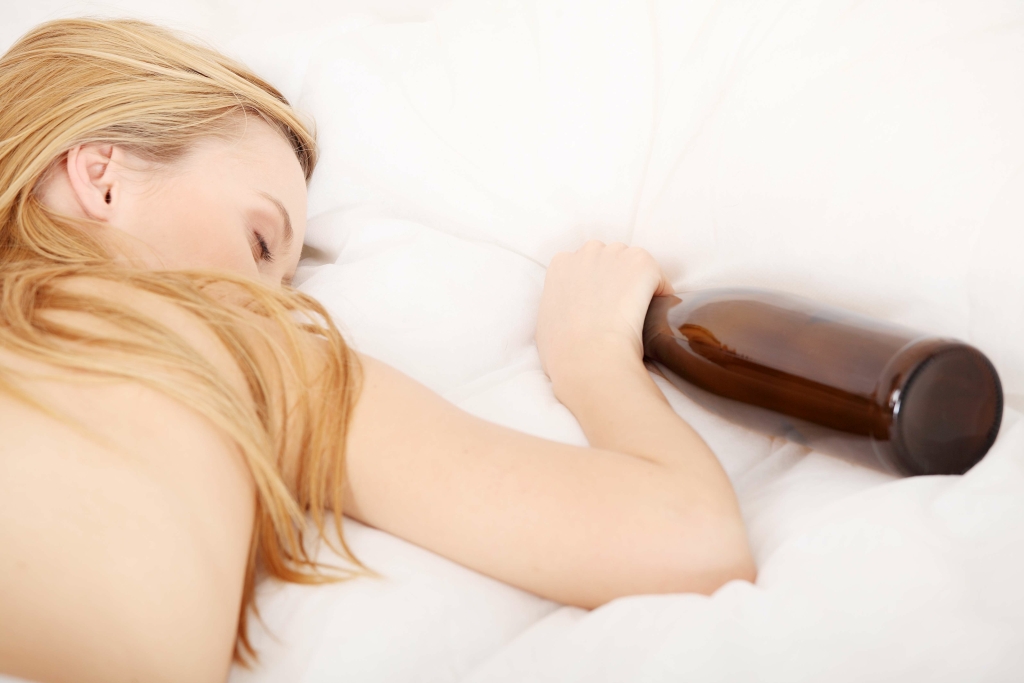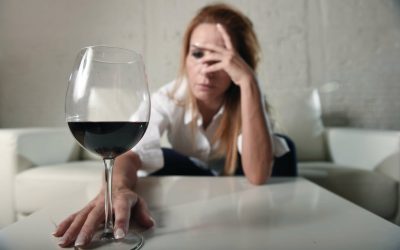Content
It is us that ran to avoid and block out the reason we chose to use. You’re well on your way in the fact you’ve ended up here, researching these scary what-ifs. Moving toward recovery is like walking toward the edge of a cliff.
What are the 5 keys to recovery?
- Find Hope. It's often been said that recovery emerges from hope, so finding a sense of hope is often the first key to recovery.
- Ask for Help.
- Get Informed.
- Engage in Treatment.
- Seek Support.
- Develop a Plan.
- Take Action.
- Reconnect with Life.
Most individuals in precontemplation feel that recovery simply isn’t possible for them. Many of the final pieces of my recovery came together while I was writing my book. As I educated myself and experimented with new coping tools, I noticed my own obsessions with what I ate or how much I exercised, begin to quiet. I learned new skills to manage my anxiety, which, for me, is directly connected to my eating disorder.
JOIN THE SMART INSIDERS+ PROGRAM!
SMART can help with tools, how-to videos, podcasts, and other free resources. Mutual support meetings are a powerful tool to understand your issues, overcome urges, and
talk it out with others who can help. For an in-depth look at the recovery model, the American Psychological Association has 15 learning modules that are accessible to the public. The topics range from a broad overview of the recovery model to ways it is being implemented in practice. You will also see elements of the recovery model in social work theory, where values such as client self-determination and well-being are emphasized.

It is a positive sense of emotional and spiritual well-being that respects the importance of culture, equity, social justice, interconnections, and personal dignity. Medications for opioid use disorder (MOUD) – Specific conditions like opioid use disorder may require medication as the first course of treatment. Millions of Americans have a substance use disorder (SUD)1, and it remains an important health issue in our country. There’s a lot of lying to others when you try to hide a problem like AUD, but you may not have been truthful with yourself, either. Acknowledge the misuse to yourself as well as your support group, your family, and the medical professionals you’re working with.
Things People In Recovery Wish You Knew
Of course, if being around people energizes and inspires you, you should make the most of that kind of connection. And part of that is because I’ve built my own https://goodmenproject.com/everyday-life-2/top-5-tips-to-consider-when-choosing-a-sober-house-for-living/ recovery world, my own toolkit full of tools I knew I’d actually use. I placed in this toolkit all the community, medical, and spiritual support I needed.
What are the three 3 types of recovery?
Name the three types of recovery? Self-recovery, Like-recovery, and Dedicated-recovery.
Discontinuing use of substances can intensify the symptoms of other mental health disorders. This may trigger the urge to return to the habit of trying to self-medicate. Co-occurring disorders are intertwined and affect each other, so they are best treated together. Once you’re in recovery from substance abuse, any co-occurring disorders you have need to be addressed so that you can experience the most effective recovery from both. In recent years, there has been a shift towards a more comprehensive definition of mental health.
Recovery, like life, is a journey, not a destination.
Suboxone (buprenorphine/naloxone) is indicated for the treatment of opioid dependence in adults. Suboxone should not be taken by individuals who have been shown to be hypersensitive to buprenorphine or naloxone as serious adverse reactions, including anaphylactic shock, have been reported. Taking Suboxone (buprenorphine/naloxone) with other opioid medicines, benzodiazepines, alcohol, or other central nervous system depressants can cause breathing problems that can lead to coma and death. Other side effects may include headaches, nausea, vomiting, constipation, insomnia, pain, increased sweating, sleepiness, dizziness, coordination problems, physical dependence or abuse, and liver problems.
- 100% virtual care for addiction, from the privacy of home.
- They started abusing substances to feel better or different, but they never did it with the intention of hurting other people around them.
- As I entered the homestretch of my treatment for an eating disorder, over 10 years ago, my therapist and I talked about how I’d navigate the real world and keep myself healthy once our therapy came to an end.
- It signifies an attempt to move past addiction and into the next phase.
- Pathways to Recovery outlines myriad ways (clinical, non-clinical, and self-management) in which individuals with substance use disorders can engage in a process of recovery-related change.
If you started in a residential treatment program, you will now move to the continuing or follow-up counseling phase of your rehab program on an outpatient basis. During this stage of treatment, an individual’s alcohol and drug use history will be taken, the treatment program will be introduced, and the counselor will work with the individual to develop an individualized treatment plan. An addiction is a powerful disease that puts a person’s body through physical and mental turmoil.
SUDs can lead to significant problems in all aspects of a person’s life. In addition to changing your outlook on life with a therapy like CBT, you’ll want to make a break from people and situations that encourage drinking. Reaching out for help isn’t a sign of weakness; sober house it can make you stronger. A structured recovery program gives you one set of tools, and a self-help group gives you another. This may feel like a lot of effort on your part, and it is. But therapy sessions and group and one-on-one meetings all work together.

